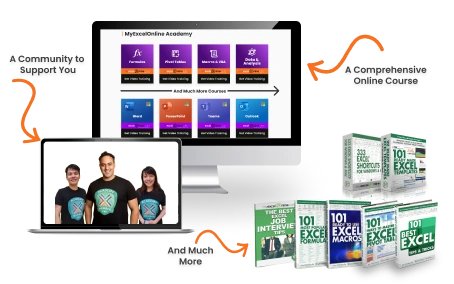When working with Excel, I often find myself needing to compare values, filter data, or apply conditional formatting. One of the simplest yet most powerful tools for this is the use of the “less than and greater than” operators. These operators help me set conditions in formulas, making data analysis much more efficient. In this article, I will walk you through how to use these operators in Excel with practical examples.
Key Takeaways:
- Comparison operators like <, >, <=, and >= help analyze data efficiently in Excel.
- Nesting functions like IF, AND, OR, and SUMIF with comparison operators enhances decision-making.
- The >= operator is widely used in sales analysis, quality control, and performance tracking.
- Formatting data correctly and using parentheses improves formula accuracy and readability.
- Troubleshooting common errors like #NAME? and #VALUE! ensures reliable calculations.
Table of Contents
Understanding Comparison Operators in Excel
In Excel, the following comparison operators are commonly used:
- Less Than (<): Checks if one value is smaller than another.
- Greater Than (>): Checks if one value is larger than another.
- Less Than or Equal To (<=): Checks if one value is smaller than or equal to another.
- Greater Than or Equal To (>=): Checks if one value is larger than or equal to another.
- Not Equal To (<> ): Checks if two values are different.
Using Less Than and Greater Than Functions
Nested functions in Excel involve embedding one function within another to perform more complex tasks and maximize efficiency. When combining comparison operators like “less than” (<) and “greater than” (>) with nested functions, you can create dynamic and sophisticated formulas. Here’s how to achieve efficient results:
- Combine with IF Statements: Nest IF statements to evaluate multiple criteria. For instance,
=IF(A1>10, IF(A1<20, "Within Range", "Above Range"), "Below Range")checks if the value in A1 is within a specific numeric range, offering nuanced analysis.
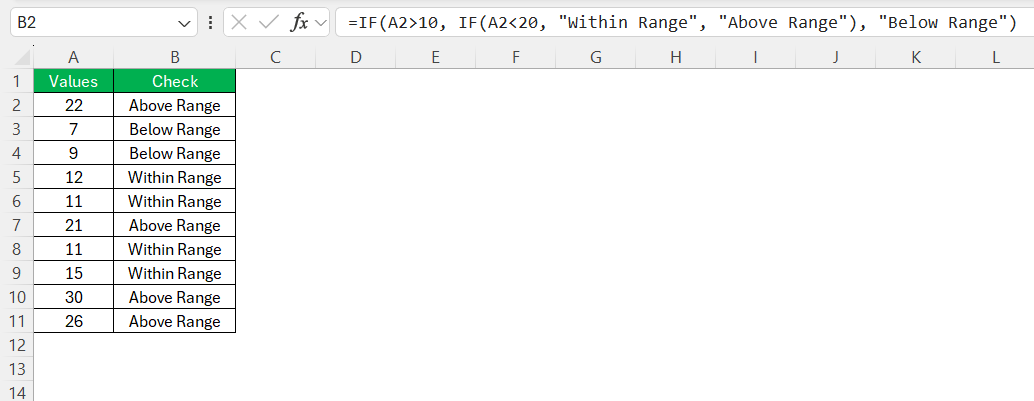
- Utilize AND/OR with Comparison Operators: Enhance decision-making by embedding AND/OR functions. For example, using
=IF(AND(A1>5, B1<10), "In Range", "Out of Range")evaluates if two conditions are simultaneously true, providing clear binary evaluations.
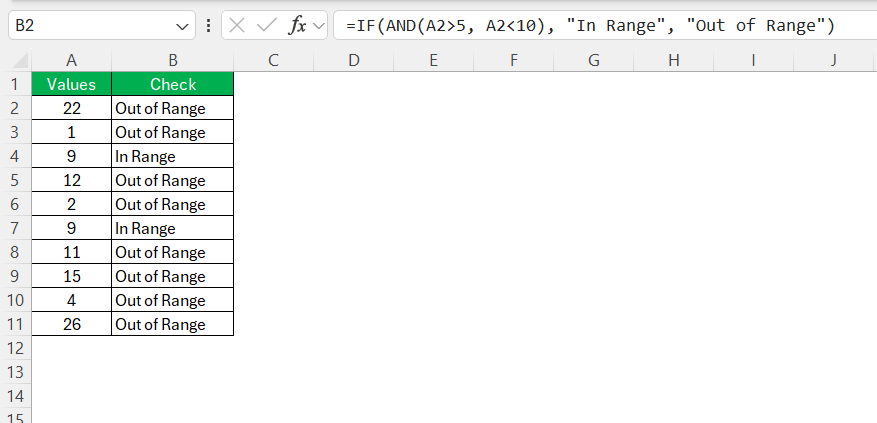
- Streamline Calculations with SUMIF and AVGIF: Nest comparison operators within SUMIF or AVGIF to conditionally sum or average data. This method focuses on values within specified limits, refining large data set outputs into precise results.
- Integrate VLOOKUP for Conditional Searches: Enhance the accuracy of searches by combining comparison operators with VLOOKUP in a nested manner. For example,
=IF(VLOOKUP(D2, A2:B11, 2, 0)>80, "High", "Low")finds a value and determines if it meets a set condition, providing targeted insights based on lookup results.
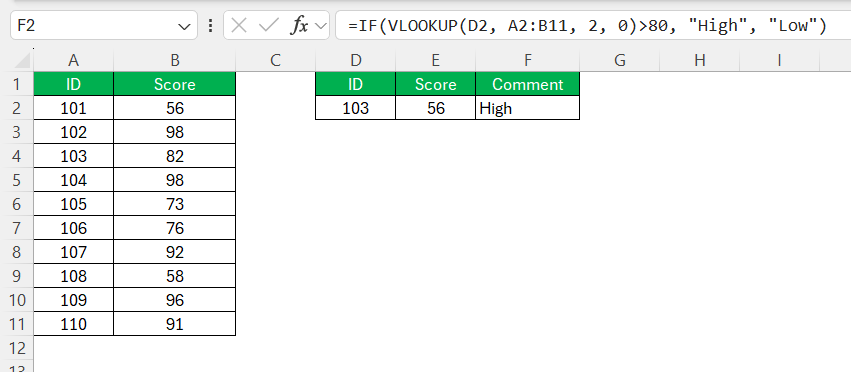
- Create Dynamic Ranges with OFFSET and MATCH: Use nested functions like OFFSET and MATCH to dynamically adjust ranges based on conditions. This approach accommodates varying dataset sizes and updates ranges based on evolving criteria, supporting flexibility in analysis.
- Combine with Conditional Formatting: Apply the >= operator in conditional formatting rules to visually emphasize data that exceeds certain benchmarks, making patterns or areas of interest more apparent at a glance.
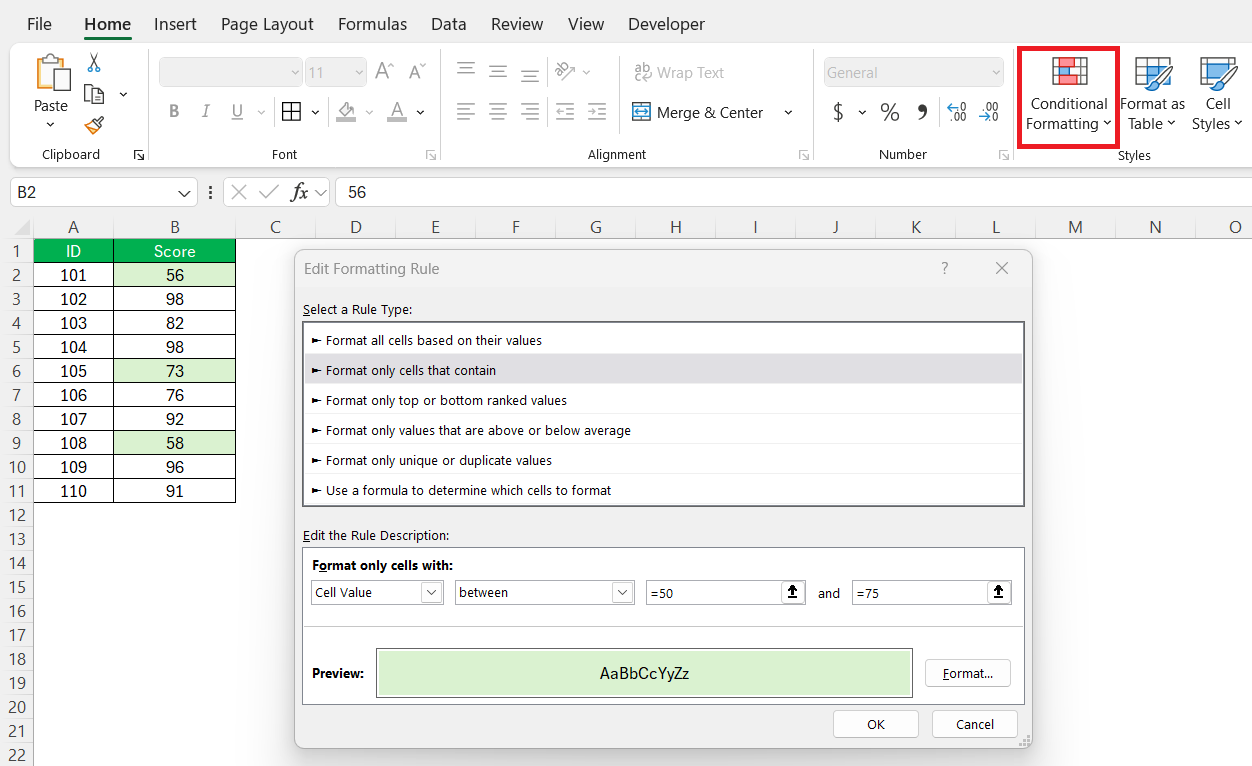
By incorporating nested functions alongside the “less than” and “greater than” operators, users can construct adaptable, precise formulas that address complex data scenarios. This results in improved analytical capabilities and more efficient problem-solving within Excel spreadsheets.
Leveraging the Greater Than or Equal to Function
Practical Applications
The “greater than or equal to” function in Excel, symbolized by “>=”, is a powerful tool with numerous practical applications which enhance analytical capabilities and data management.
- Sales Performance Analysis: Businesses use this function to track top-performing products or services. For instance, applying
>=in formulas helps identify transactions or products with revenue surpassing a certain threshold, thereby spotlighting successful sales. - Quality Control: In manufacturing, the function aids in identifying products that meet or exceed quality benchmarks. By using it in conditioned statements, managers can quickly filter out units that don’t reach the necessary standards, ensuring high quality and minimizing defects.
- Aging Inventory Reports: Retailers utilize it to highlight inventory stock that ages past a particular period. Employing this operator in time-sensitive scenarios enables proactive management of stock-levels and timely clearance of older inventory.
- Employee Performance Reviews: HR departments apply this function to differentiate high performers for bonuses or promotions. By calculating metrics such as sales figures or performance scores meeting or exceeding a set requirement, efficient recognition becomes streamlined.
- Loan Approval Processes: Financial institutions leverage it to establish qualification criteria. They can automatically verify applicants who meet or exceed the basic financial requirements needed for loan approval, enhancing the efficiency of decision-making processes.
Each application showcases how the “greater than or equal to” function can be strategically used to optimize workflows, improve accuracy in reporting, and facilitate better decision-making processes across various industries.
Tips for Accurate Usage
Ensuring the accurate usage of the “greater than or equal to” (>=) function in Excel requires attention to detail and an understanding of best practices. Here are some tips to enhance your proficiency:
- Data Consistency: Always ensure that you’re comparing like data types. If you’re comparing numbers, they must be formatted as such. Similarly, when comparing dates, ensure cells are properly formatted as dates to avoid erroneous results.
- Utilize Parentheses for Clarity: When constructing complex formulas that integrate the >= operator with other functions, use parentheses to clearly define the order of operations, enhancing readability and ensuring calculations are performed as intended.
- Leverage with Functions: Maximize its utility by combining it with functions such as IF, SUMIF, or COUNTIF to create more dynamic and informative reports. This combination aids in scenarios such as tallying values or informing subsequent calculations.
- Test in Isolation: When building complex formulas, test the >= function separately to confirm it’s providing the expected results. Then, integrate it within the larger formula, thus simplifying debuggingand ensuring that each component functions correctly.
Employing these strategies will not only bolster your accuracy when using the “greater than or equal to” function but will also enhance your overall efficiency and effectiveness in data analysis, ultimately leading to more reliable and insightful outcomes.
Troubleshooting: Overcoming Common Errors
Error Messages Decoded
Understanding and resolving error messages in Excel is crucial for maintaining data integrity and ensuring accurate calculations. Here’s a rundown of common error messages associated with using comparison operators like “less than” (<) and “greater than” (>), along with explanations:
- #NAME? Error: This error typically occurs when Excel does not recognize text in a formula. It often results from missing quotes around string literals or a mistyped operator. Ensure that any text being compared with comparison operators is correctly enclosed in quotes and check for typing mistakes.
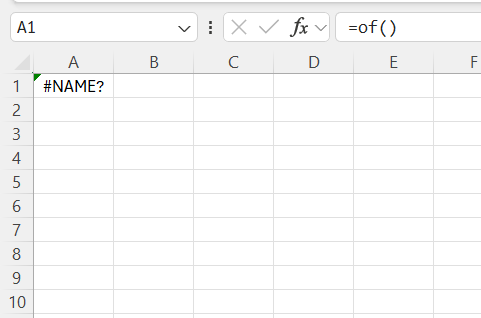
- #VALUE! Error: This indicates a mismatched data type, such as attempting to compare text with numbers directly or setting an arithmetic operation on incompatible data. Double-check that your comparison logic aligns with appropriate data types (e.g., comparing numbers to numbers or text to text).
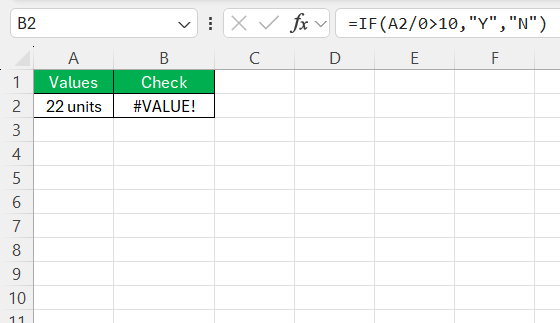
- #DIV/0! Error: Although not directly tied to comparison operators, this error can emerge alongside complex conditional formulas, especially when dividing values. It happens if a formula attempts division by zero. Use the IFERROR function to handle this gracefully, such as
=IFERROR(A1/B1, "Undefined").
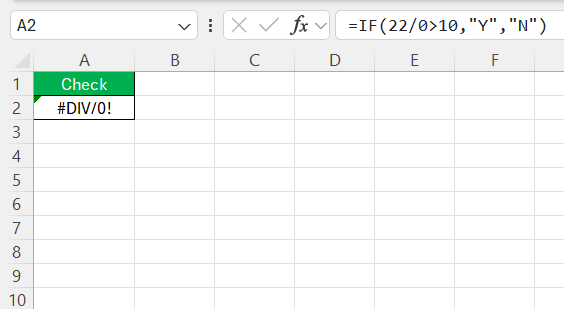
- #REF! Error: This error arises when a formula refers to a cell that’s been deleted or is out of boundsof the available data range. Review your formulas to ensure all cell references are valid and reference existing cells appropriately when using comparison operators within larger formulas.
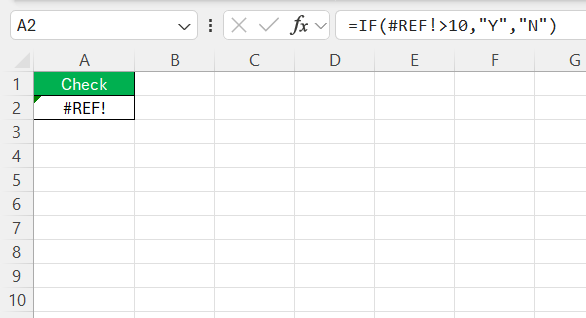
By decoding and addressing these common error messages efficiently, you can maintain the accuracy and reliability of your Excel spreadsheets. This proactive approach aids in minimizing disruptions in your data analysis workflow, ensuring smoother operations and more precise results.
FAQs
How to use if with 2 conditions in Excel?
To use the IF function with two conditions in Excel, you can combine it with the AND or OR functions. For AND, both conditions must be met, and for OR, at least one condition should be true. For example, using =IF(AND(A1>50, B1<100), "Valid", "Invalid") checks if both A1 is greater than 50 and B1 is less than 100. If both conditions are true, it returns “Valid”; otherwise, it returns “Invalid.”
How do I use the less than function in Excel?
To use the “less than” function in Excel, simply apply the “<” operator between two values or cell references. For example, the formula =A1<B1 checks whether the value in cell A1 is less than the value in B1. If true, it returns TRUE; otherwise, it returns FALSE. You can also incorporate it into other functions like IF for conditional logic.
What are some real-life examples of using greater than in Excel?
In real-life scenarios, the “greater than” function is often used for data analysis and decision-making. For example, businesses might use =IF(A1>50000, "Eligible for Bonus", "Not Eligible") to determine employee bonus eligibility based on sales figures. Similarly, schools may employ =IF(B2>60, "Pass", "Fail") to assess whether students have passed a course based on their scores.
Can I combine these functions with AND/OR statements?
Yes, you can combine comparison functions like “less than” (<) and “greater than” (>) with AND/OR statements in Excel for complex logic tests. Using =IF(AND(A1>10, B1<20), "In Range", "Out of Range") evaluates whether both conditions are true. Similarly, =IF(OR(A1>50, B1>50), "Above Threshold", "Below Threshold") determines if at least one condition is met.
How to type >= in Excel?
To type the “greater than or equal to” operator in Excel, simply use the combination of the greater than symbol (>) followed by the equals sign (=) as >=. This operator can be used in formulas to compare two values, such as =A1>=B1, to check if the value in cell A1 is greater than or equal to the value in cell B1.
John Michaloudis is a former accountant and finance analyst at General Electric, a Microsoft MVP since 2020, an Amazon #1 bestselling author of 4 Microsoft Excel books and teacher of Microsoft Excel & Office over at his flagship MyExcelOnline Academy Online Course.

